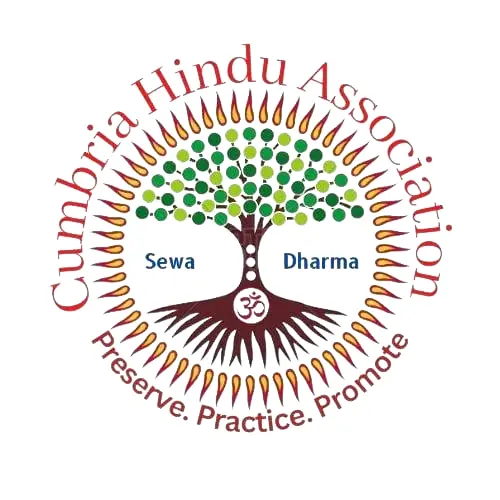HOLI
Holi, popularly known as the Festival of Colors, is one of the most vibrant and joyous festivals celebrated by millions of people, not just in India but around the world. Rooted in ancient Hindu traditions, Holi marks the end of winter and the abundant arrival of spring, a season of hope and new beginnings. This festival is a colorful, jubilant expression of joy, brotherhood, and forgiveness, where social norms are relaxed, and people come together to celebrate life and renewal.
Historical and Cultural Significance
The origins of Holi can be traced back to various legends in Hindu mythology, the most famous being the story of Prahlad and Hiranyakashipu. According to this legend, Hiranyakashipu was a demon king who wanted everyone to worship him, but his son, Prahlad, remained devoted to Lord Vishnu. Hiranyakashipu tried several times to kill his son, and finally, he asked his sister, Holika, who was immune to fire, to sit in a bonfire with Prahlad. However, by the grace of Vishnu, Prahlad emerged unscathed while Holika burned to ashes. This legend symbolizes the victory of good over evil, faith over disbelief, and joy over despair.
Another legend associated with Holi is the divine love story of Radha and Krishna. The playful teasing of the gopis by Krishna using colors is commemorated in this festival, celebrating love and the divine play (lila).
Celebrations Across India and Beyond
Holi is celebrated with much fervor across different parts of India, with each region adding its unique flavor to the festivities. The celebrations typically begin on the evening of the full moon in the Hindu month of Phalguna, which falls around mid-March.
In North India, the night before Holi, people gather for Holika Dahan, where bonfires are lit to signify the burning away of evil spirits. The following day, known as Dhulandi, is when the actual color play takes place. People smear each other with gulal (colored powders) and drench each other with colored waters, singing and dancing to the rhythms of dholaks (drums) and other traditional music.
In places like Mathura and Vrindavan, the heartland of Krishna devotion, Holi is celebrated with exceptional zeal, reflecting the playful and loving spirit of Krishna. Here, the festival lasts for over a week, with various temples hosting special events and processions.
Holi also transcends religious boundaries, with people of all communities participating in the festivities. It’s a day when social hierarchies blur, and everyone is equal, covered in the same vibrant colors.
Modern Celebrations and Global Reach
Today, Holi is celebrated not just in India but across the globe, bringing together people of different cultures and backgrounds in a shared experience of joy and color. The festival has gained popularity in many parts of the world, including the United States, Europe, and Southeast Asia, where Indian diaspora communities host Holi events, often incorporating music festivals, color runs, and charity events, making it a global celebration of love, happiness, and humanity.
Conclusion
Holi is much more than a festival of colors; it is a celebration of life, fostering community spirit, and spreading joy and love. It encourages people to forgive and forget, to renew broken relationships, and to live in harmony with nature and each other. As Holi continues to captivate the imagination of people around the world, it remains a vibrant reminder of the beauty of diversity, the importance of traditions, and the universal desire for happiness and togetherness.
